The award-winning Mark of Empire returns for a second season to explore the past kingdoms of Japan and Korea.
Discover moreExclusive Screening &
Panel Discussion
Join CNA as we discover past kingdoms in Japan - from the north in Hokkaido to the southern Ryukyu islands.
Watch this exclusive screening LIVE as we bring you highlights from the Japan episodes, along with an insightful panel session with our special guests and producers of the documentary.
Introduction
Singaporean curator and scholar, Peter Lee, once again seeks out epic legends and vibrant traditions of how four distinct peoples in East Asia made their mark in the region.
Over six weeks and covering 2,500km, Peter travels to South Korea, the birthplace of the Joseon dynasty and the longest reigning. In Japan, he discovers the mighty Tokugawa Shogunate and in Hokkaido, he goes in search of wild bears, home to the Ainu. Finally, to the southern Ryukyu Kingdom, home to enterprising merchants.
The Mark Of Empire: Watch New Episodes
Episode 1: Warriors Of Tokugawa
Singaporean curator and scholar Peter Lee tries his hand at samurai swordsmanship and makes supersized sushi as he uncovers the legacy of the mighty Tokugawa Shogun that unified Japan 400 years ago.
Episode 1: Warriors Of Tokugawa
Singaporean curator and scholar Peter Lee tries his hand at samurai swordsmanship and makes supersized sushi as he uncovers the legacy of the mighty Tokugawa Shogun that unified Japan 400 years ago.
Trivia
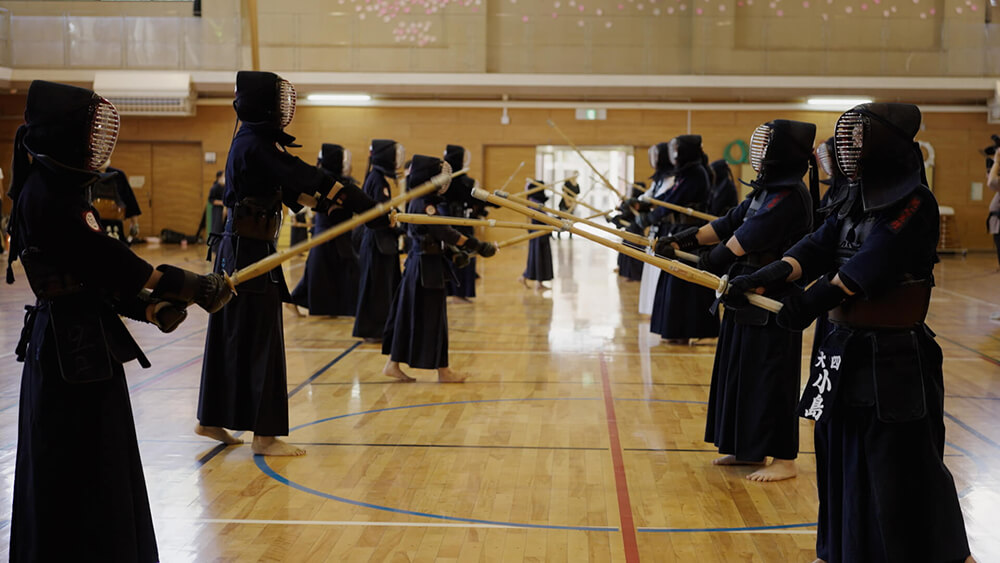
The samurai sport of kendo is practiced by the Japan’s police officers but every police department and academies said “No” to filming them.
Eventually, the crew got access to a community class at a Tokyo suburb, filled with practitioners of all ages: from young schoolchildren to one in his nineties. Peter had so much fun learning the basic moves and sparring with a ten-year-old! The story shows how sport is still so entrenched with the Japanese today.
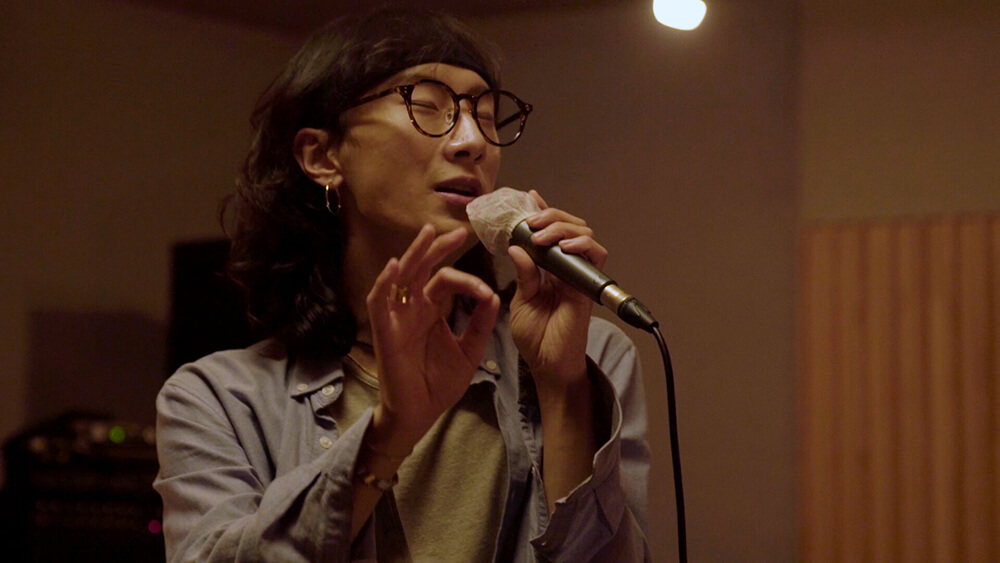
The K-wave has captured the hearts of many around the world but how do we talk about pop culture when featuring the history of the Joseon dynasty? Production co-ordinator Jason recommended the crew to listen to one of his favourite groups, sEODo band. They marry an old form of traditional singing called Pansori with western instruments and modern beats. The crew had to meet the band! Despite the band’s busy schedule, the crew got to listen to the band up-close and live, but the real treat was seeing Peter singing along with them.

The samurai sport of kendo is practiced by the Japan’s police officers but every police department and academies said “No” to filming them.
Eventually, the crew got access to a community class at a Tokyo suburb, filled with practitioners of all ages: from young schoolchildren to one in his nineties. Peter had so much fun learning the basic moves and sparring with a ten-year-old! The story shows how sport is still so entrenched with the Japanese today.

The K-wave has captured the hearts of many around the world but how do we talk about pop culture when featuring the history of the Joseon dynasty? Production co-ordinator Jason recommended the crew to listen to one of his favourite groups, sEODo band. They marry an old form of traditional singing called Pansori with western instruments and modern beats. The crew had to meet the band! Despite the band’s busy schedule, the crew got to listen to the band up-close and live, but the real treat was seeing Peter singing along with them.
Did You Know?

- Kendo is used to train the Japanese police force.
- Sushi began nearly 200 years ago as a street food in Tokyo, and was much, much larger than it is today.
- Even as some Japanese became affluent, there were laws that banned commoners from dressing lavishly.
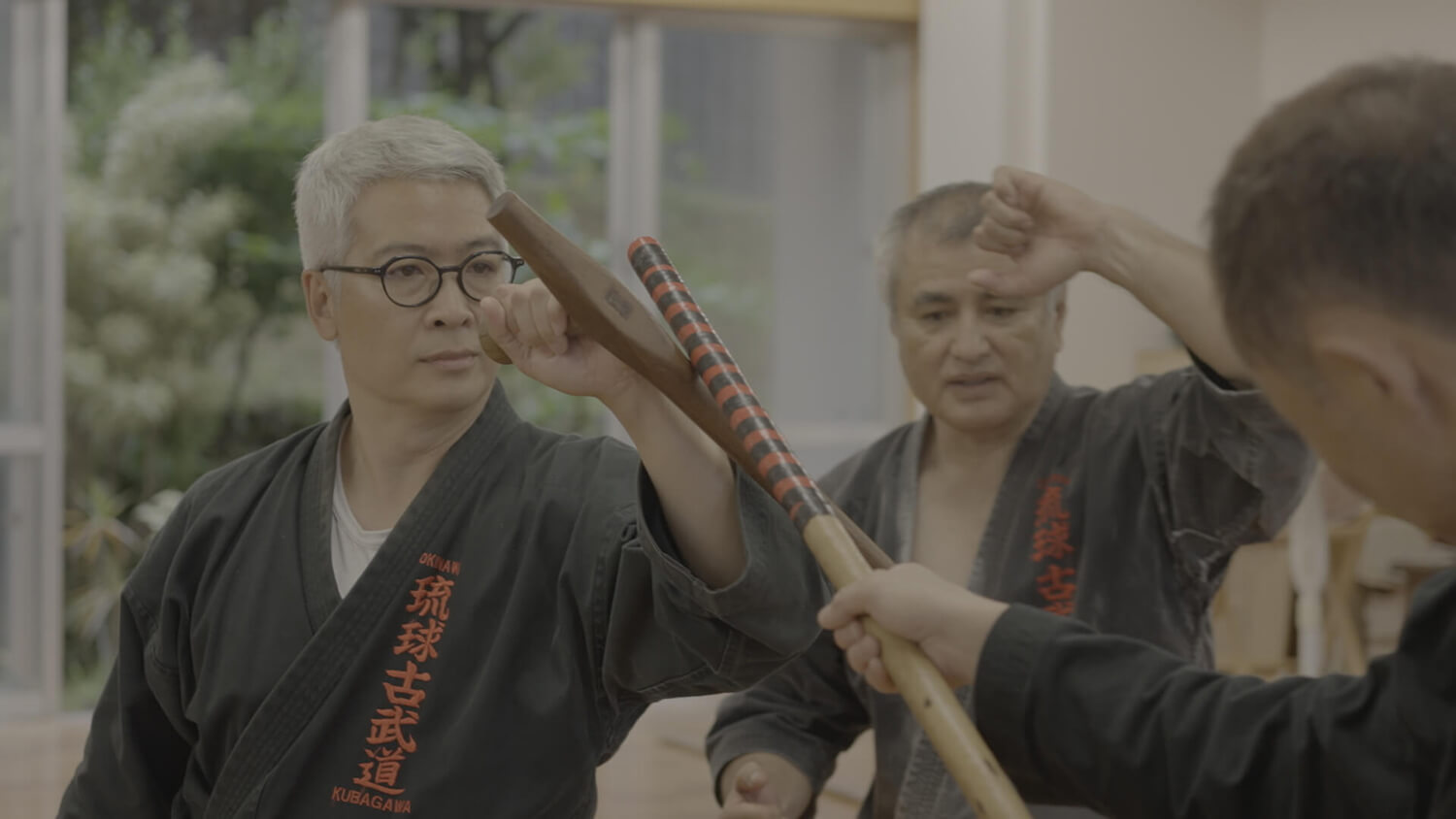
- Okinawa was an island favoured by China and allowed most frequent exchanges than any other nations during the 15th century.
- After invasion by the Japanese, the Ryukyu people increasingly adopted elements of Chinese culture.
- Nunchuks came from Okinawan martial arts and may have originated from a traditional horse bit called muge.
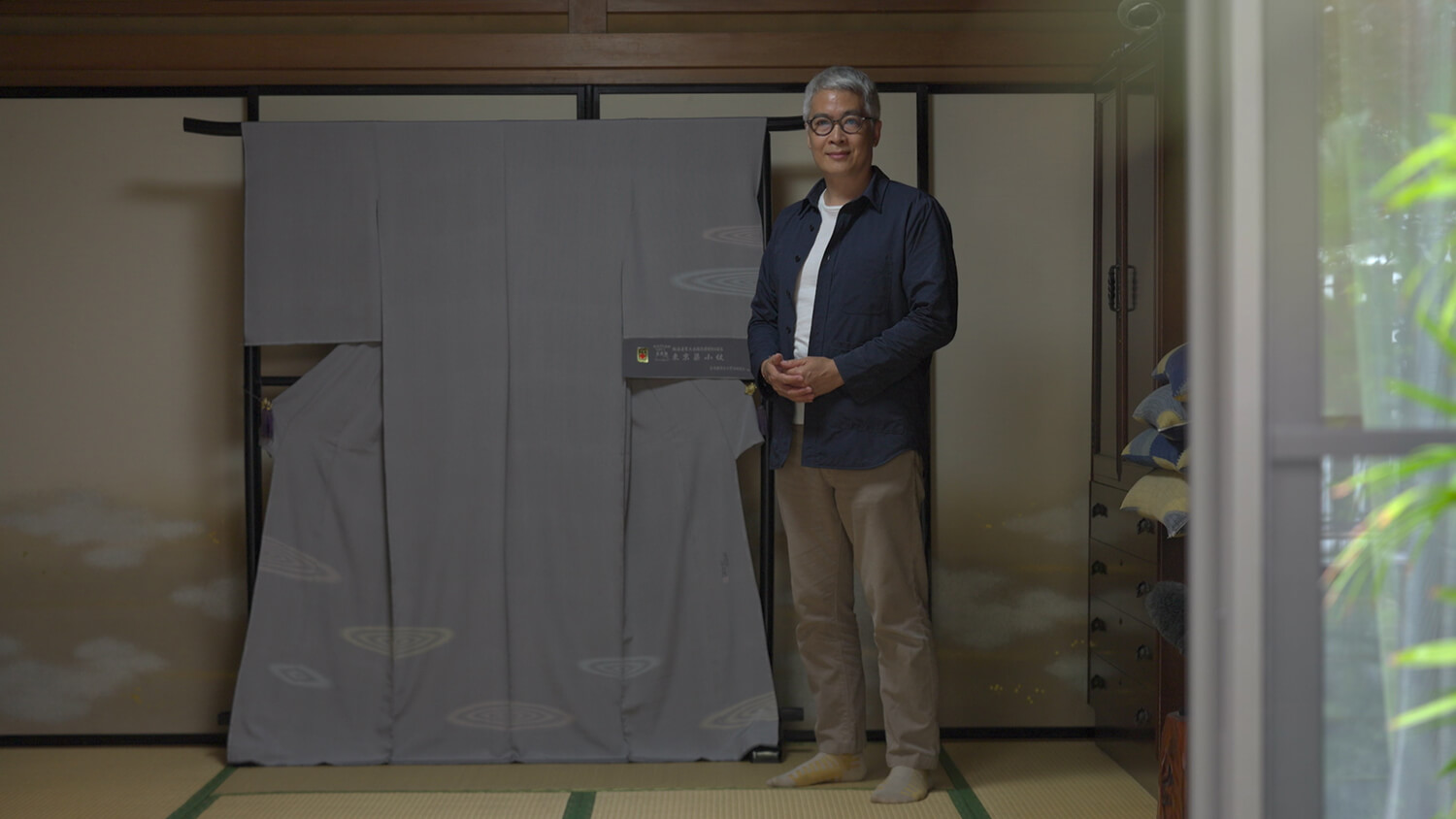
- Less than a hundred people are fully conversant in the Ainu language.
- The Ainu make clothes from tree bark and boots from salmon skin.
- The most important Ainu ritual was the bear sacrifice. A bear cub was raised and pandered in a village for a year before it was sacrificed to return its soul to the realm of the gods.
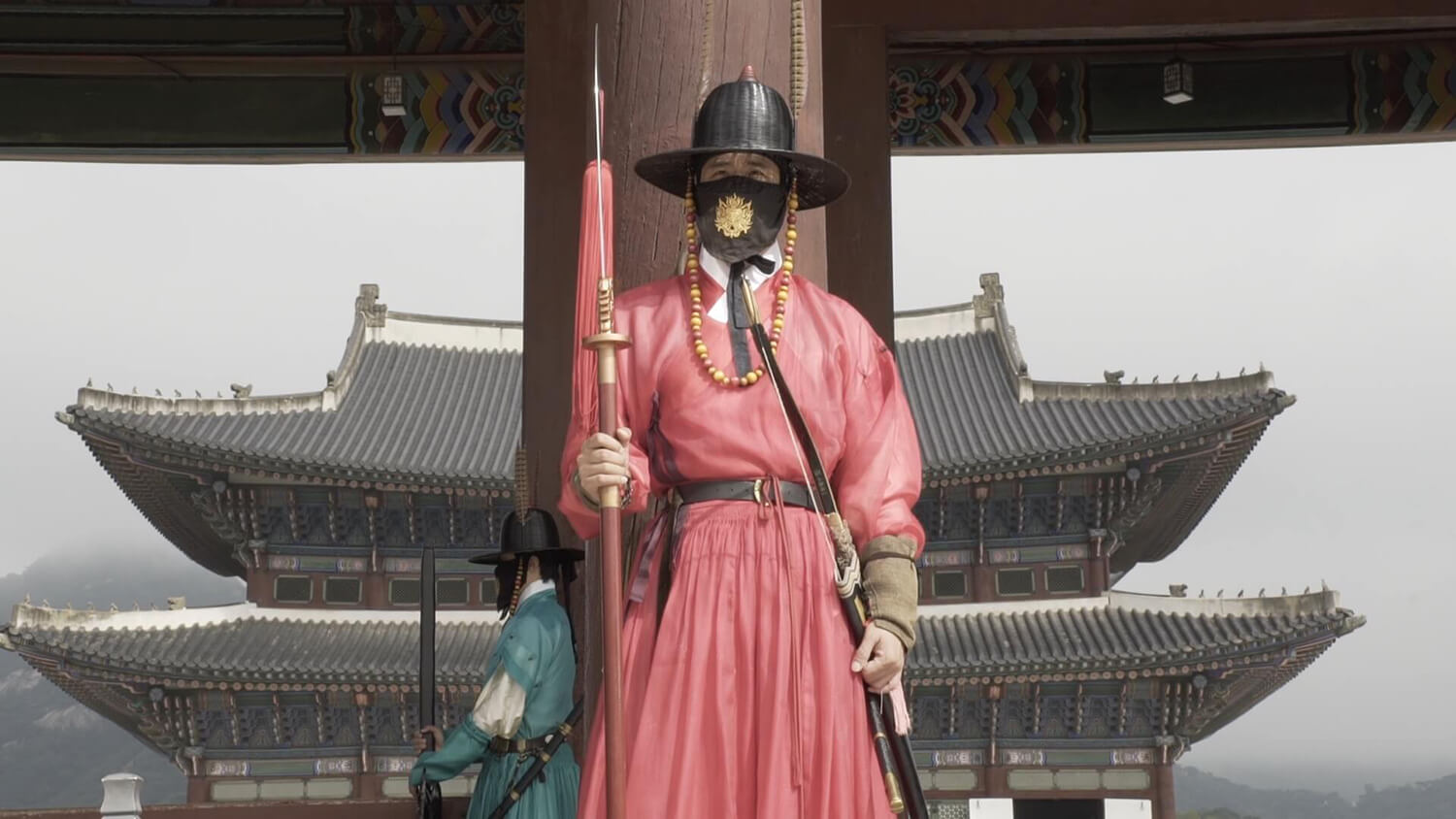
- The Korean alphabet, ‘Hangul’, was created in Joseon dynasty as a simplified writing system to replace Chinese characters.
- Kimchi, the fiery red national dish and basis of Korean food was originally a purely pale-coloured pickle.
- Hahoe Talnori is a 200-year-old Korean masked dance-drama that offered freedom for performers to anonymously express their criticisms of powerful local people.

- Kendo is used to train the Japanese police force.
- Sushi began nearly 200 years ago as a street food in Tokyo, and was much, much larger than it is today.
- Even as some Japanese became affluent, there were laws that banned commoners from dressing lavishly.

- Okinawa was an island favoured by China and allowed most frequent exchanges than any other nations during the 15th century.
- After invasion by the Japanese, the Ryukyu people increasingly adopted elements of Chinese culture.
- Nunchuks came from Okinawan martial arts and may have originated from a traditional horse bit called muge.

- Less than a hundred people are fully conversant in the Ainu language.
- The Ainu make clothes from tree bark and boots from salmon skin.
- The most important Ainu ritual was the bear sacrifice. A bear cub was raised and pandered in a village for a year before it was sacrificed to return its soul to the realm of the gods.

- The Korean alphabet, ‘Hangul’, was created in Joseon dynasty as a simplified writing system to replace Chinese characters.
- Kimchi, the fiery red national dish and basis of Korean food was originally a purely pale-coloured pickle.
- Hahoe Talnori is a 200-year-old Korean masked dance-drama that offered freedom for performers to anonymously express their criticisms of powerful local people.
The Faces Behind The Series
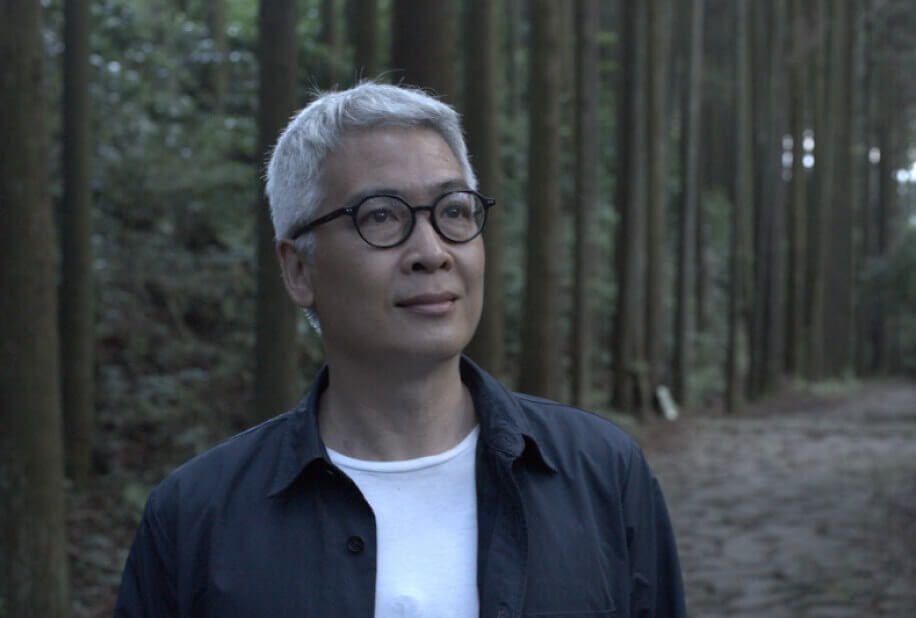
Independent Scholar and Author
Back as the host for the second season, Peter Lee is an independent researcher, and the Honorary Curator of the NUS Baba House. He co-authored The Straits Chinese House with Jennifer Chen, published by the National Museum of Singapore in 1998 and 2006.
In 2016, he co-curated Singapore, Sarong Kebaya and Style at the Fukuoka Art Museum and the Shoto Museum in Tokyo. He was the guest curator of Port Cities: Multicultural Emporiums of Asia, 1500-1900 at Asian Civilization Museum, which opened in November 2016, and co-authored its exhibition catalogue.
In 2017, he was the historical consultant for a Peranakan-themed short film launched at the Singapore Changi Airport Terminal 4. Peter was also the guest curator of Amek Gambar: Peranakans and Photography, an exhibition held at the Peranakan Museum from 2018 to 2019.
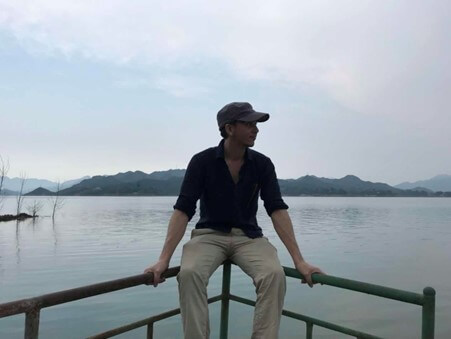
IFA Media
Dominic Young is a documentary producer and director who has worked in over 20 countries, including in Asia where his past work includes CNA’s award-winning Mark of Empire on the history of Southeast Asia’s great empires, as well as China Relics Decoded and Maritime Silk Road Reborn (National Geographic), on different aspects of China’s past.
Born and raised in Japan, Dominic returned to his roots to film three episodes of Mark of Empire season 2, entitled Kingdoms of the East - charting the story of how four distinct groups of people shaped modern Korea and Japan.
Photo Gallery
Catch Up On The Mark Of Empire Season 1
Discover the history of four Southeast Asian empires that made their mark.
From Thailand, to Myanmar, Cambodia and Indonesia, Peter explores ancient ruins, grand legends and lively traditions to chart the rise and fall of four distinct empires, and how their legacies still shape cultures and identities today.
What Viewers Say
What a beautiful documentary. This was such a wonderful watch, very educational and fascinating. You really learn to respect and stand in awe of the cultures around the world!
Lisa D
This documentary sparks in me an endearing sense of familial sibling relationship towards my neighbouring countries. Thank you CNA and Peter Lee, from my heart, for such an inspiring piece!
Emil Mudigdo
Thank you Peter, you've done such a great job for telling stories of our ancient culture. Watching this makes me feel proud of how great our ancestors were, and I begin to love my country even more.
Guntur Aji








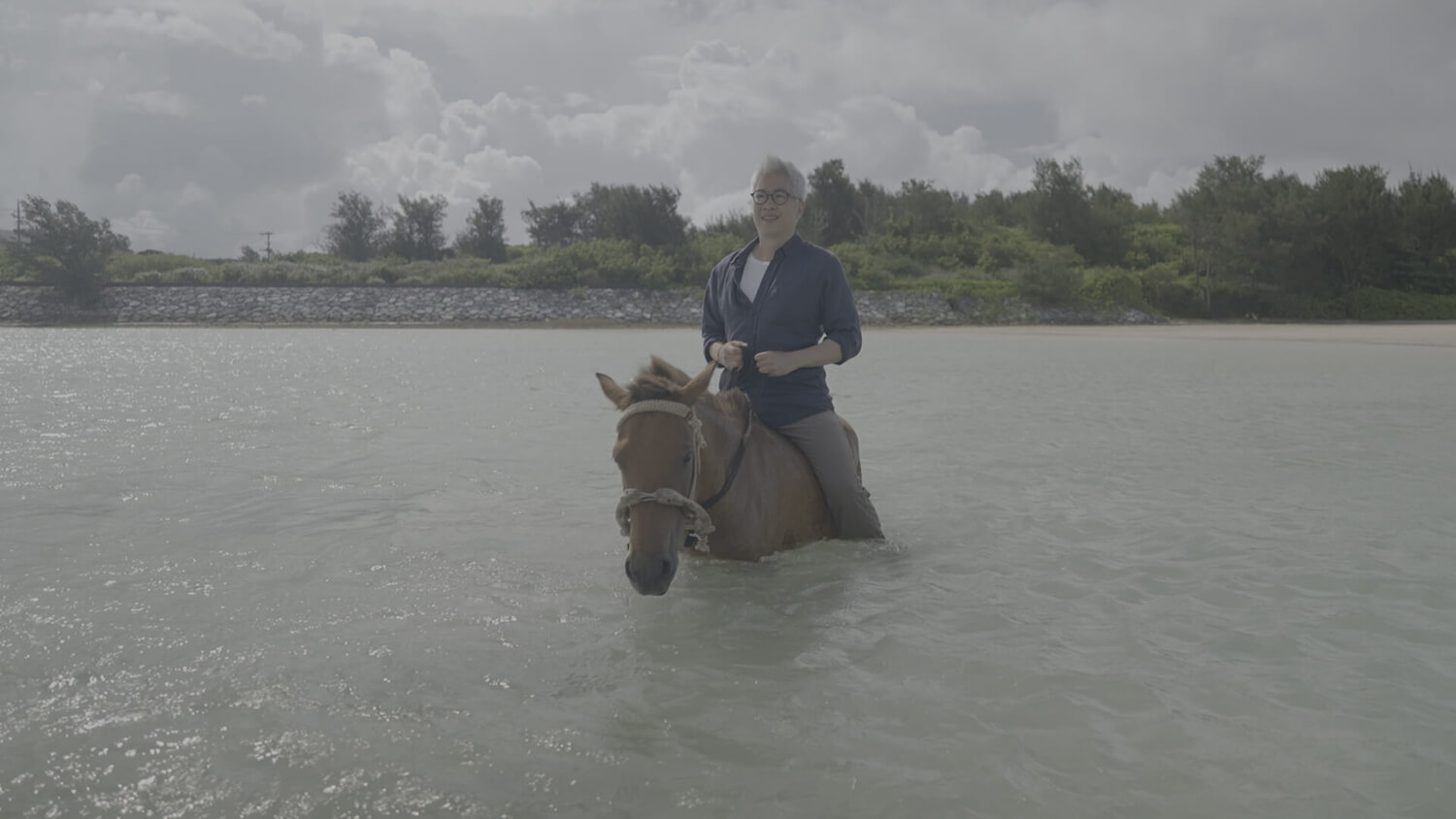
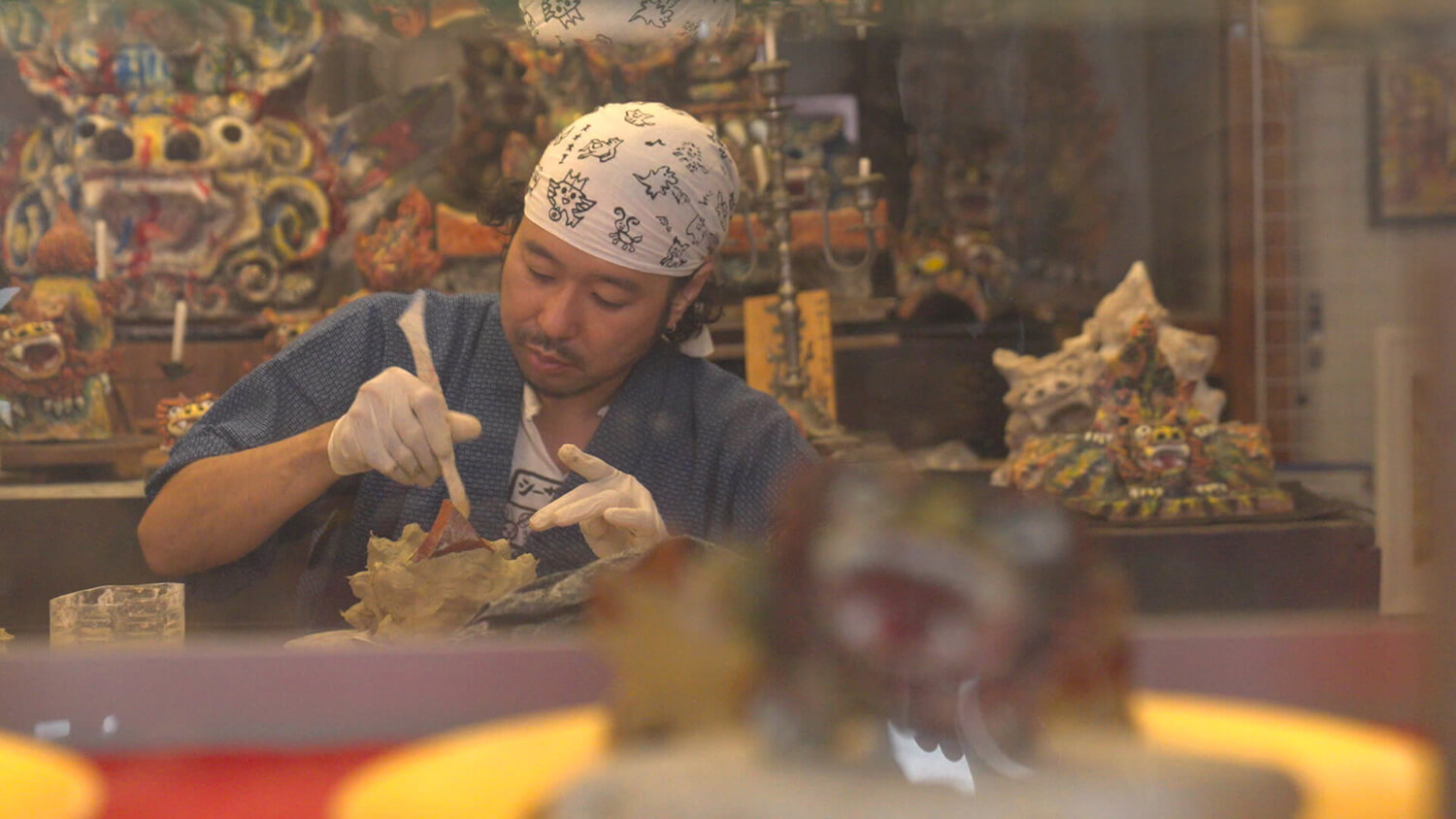
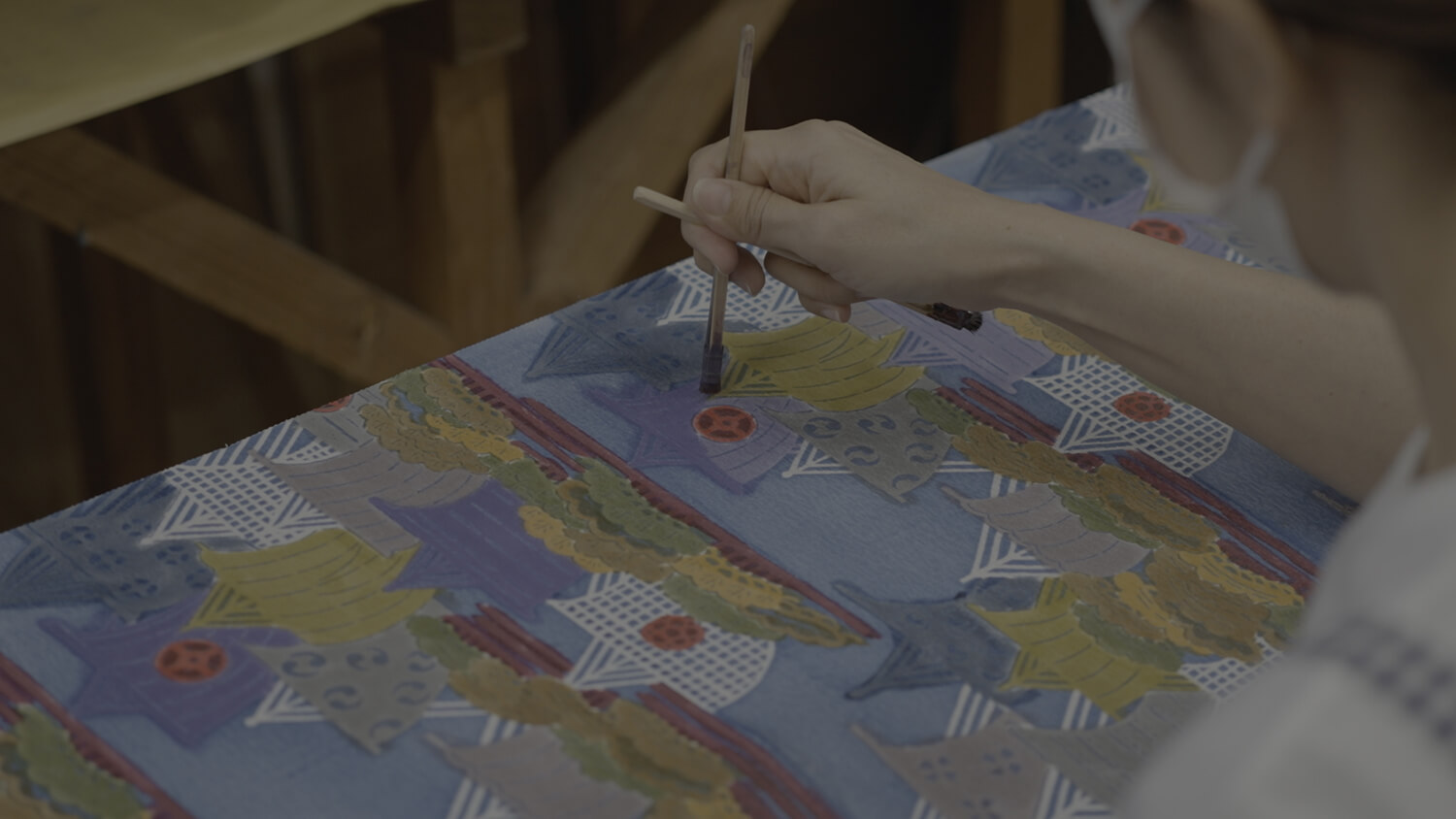
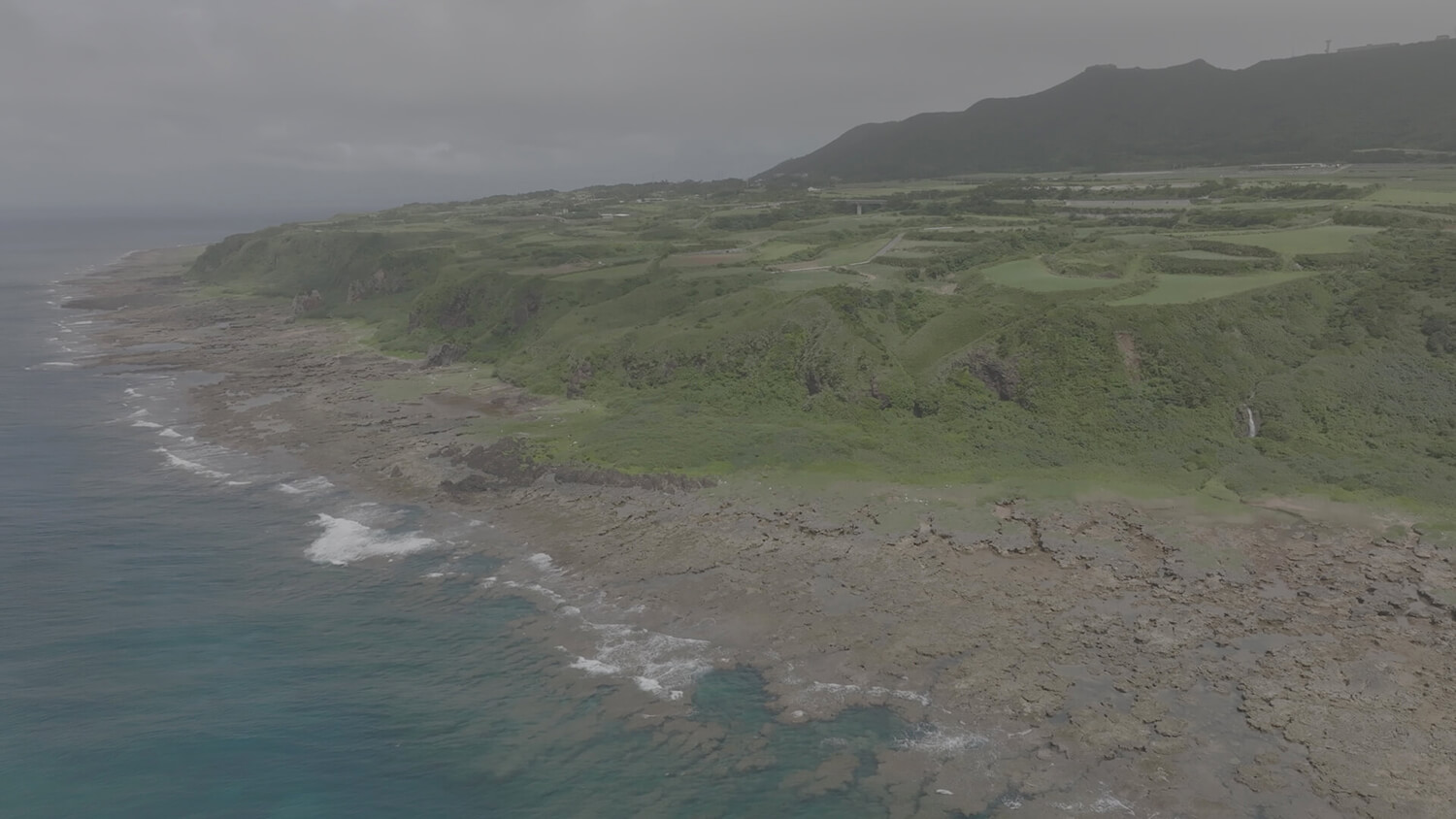
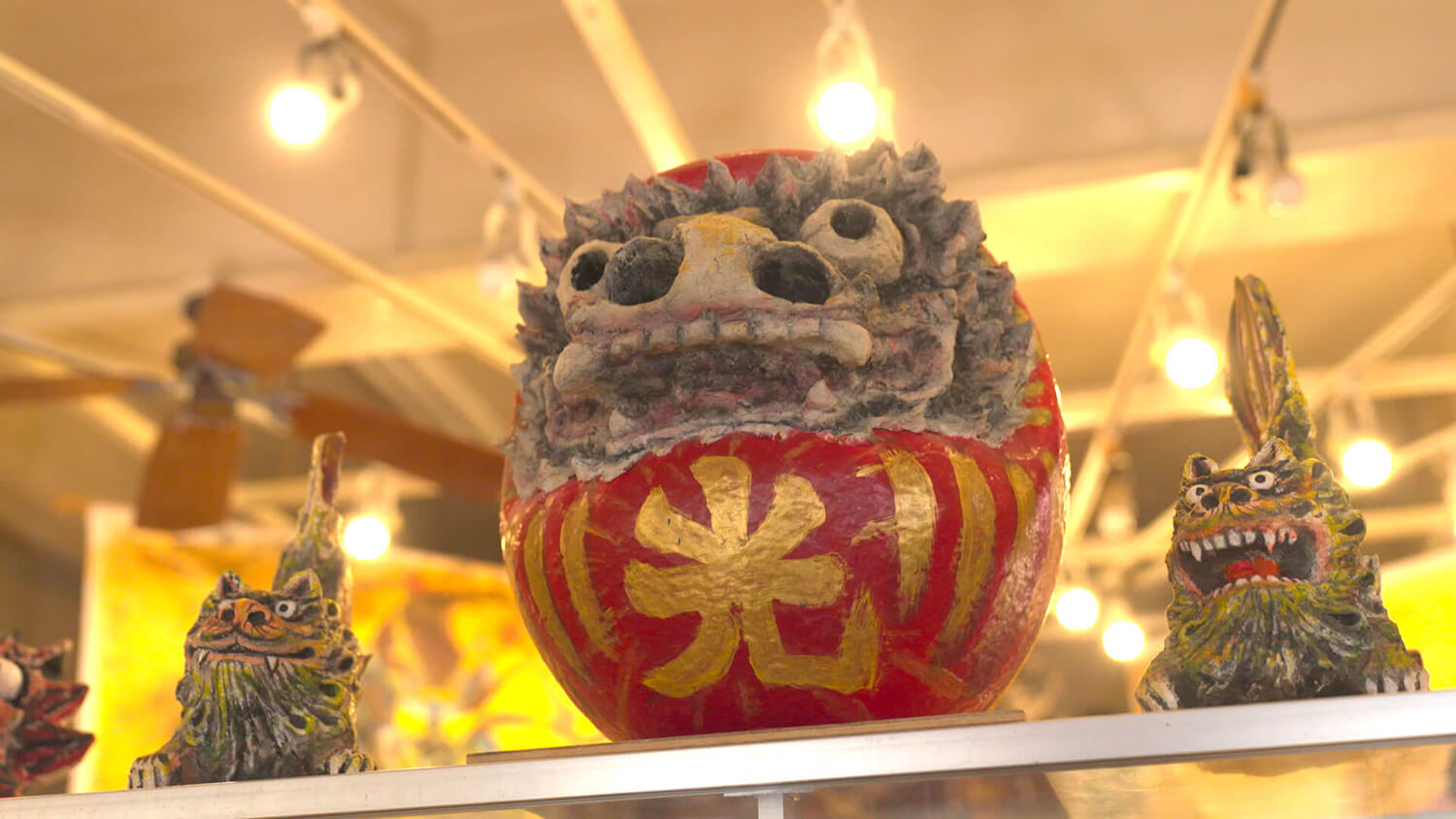

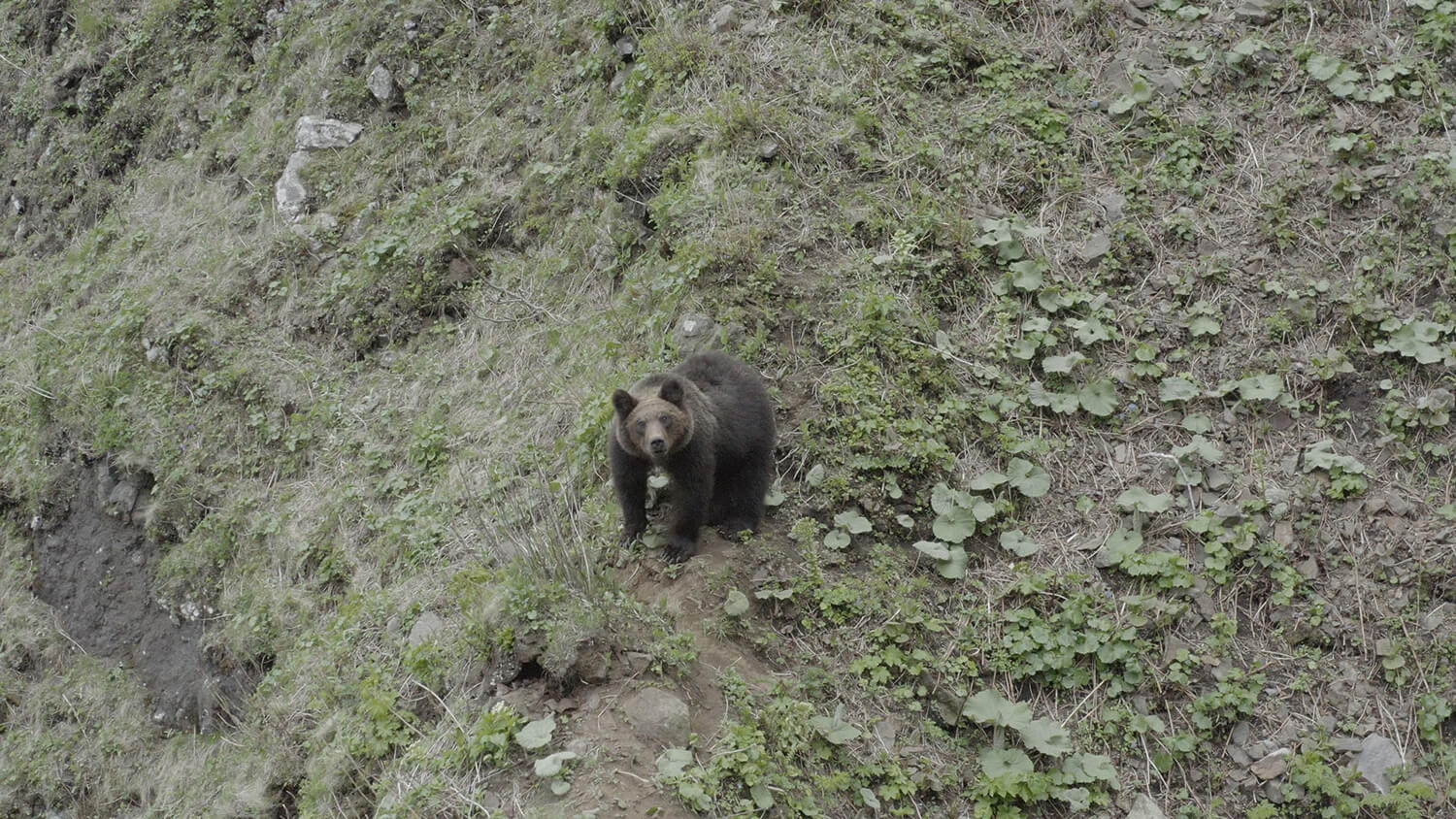
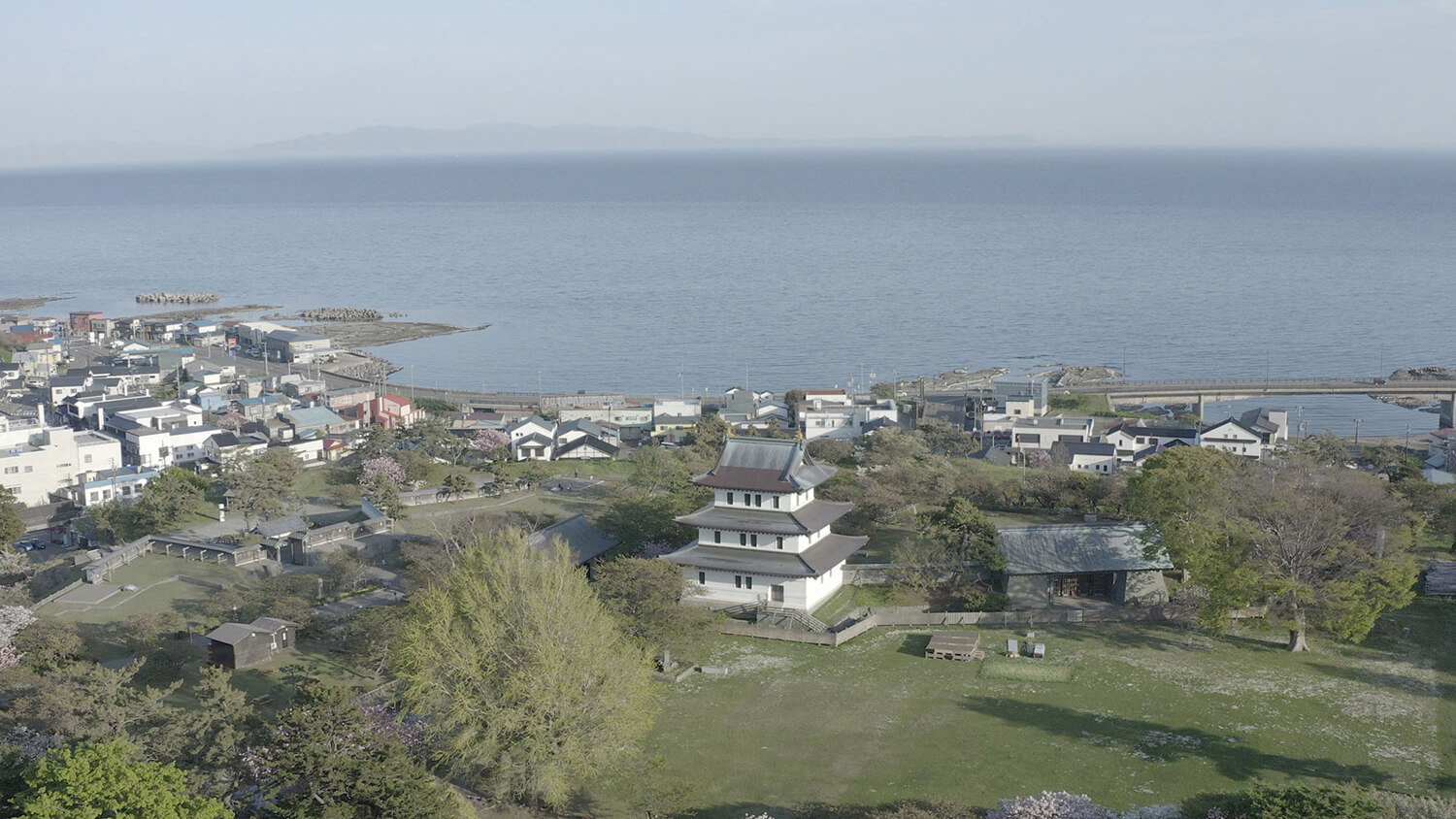
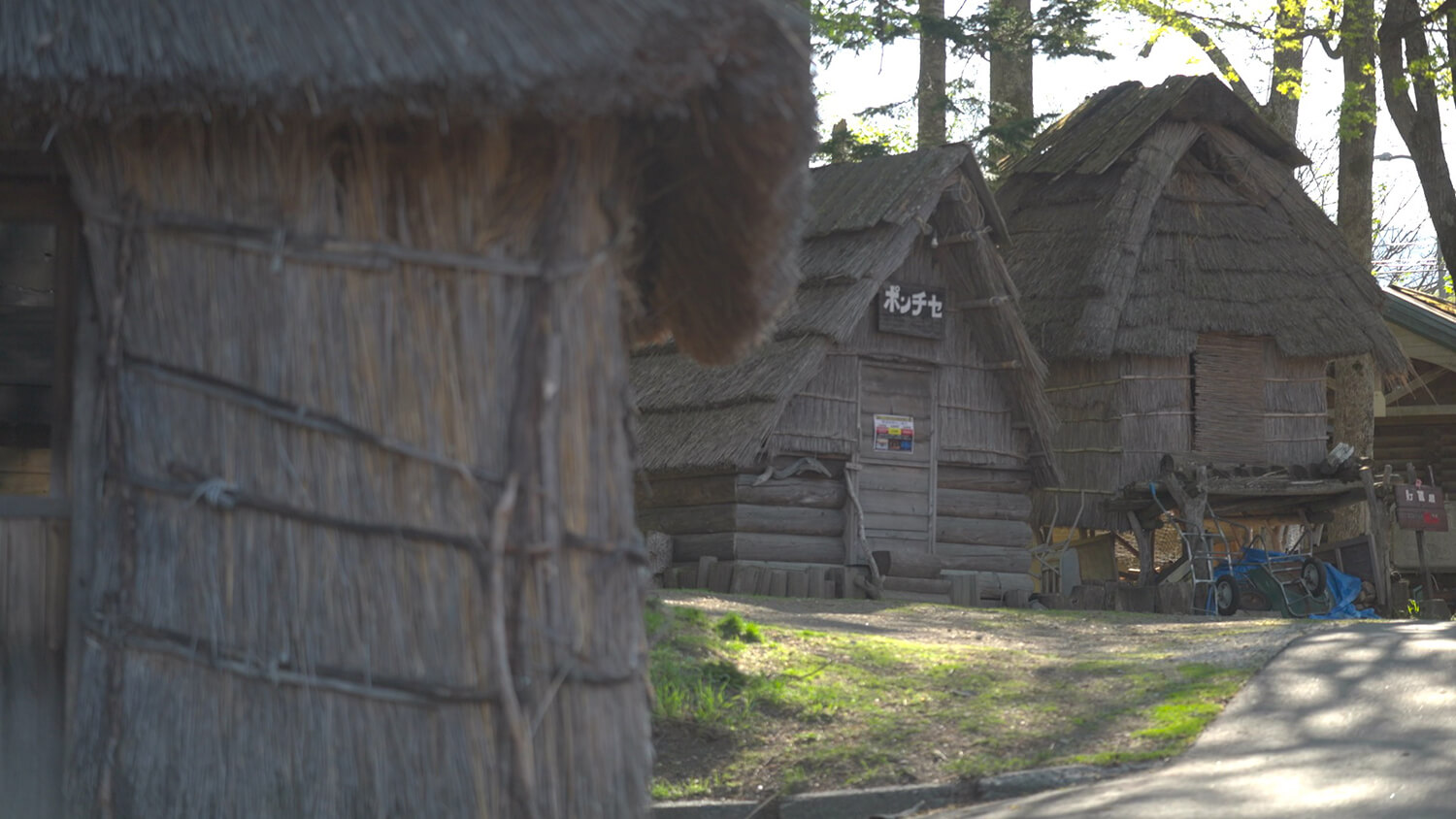
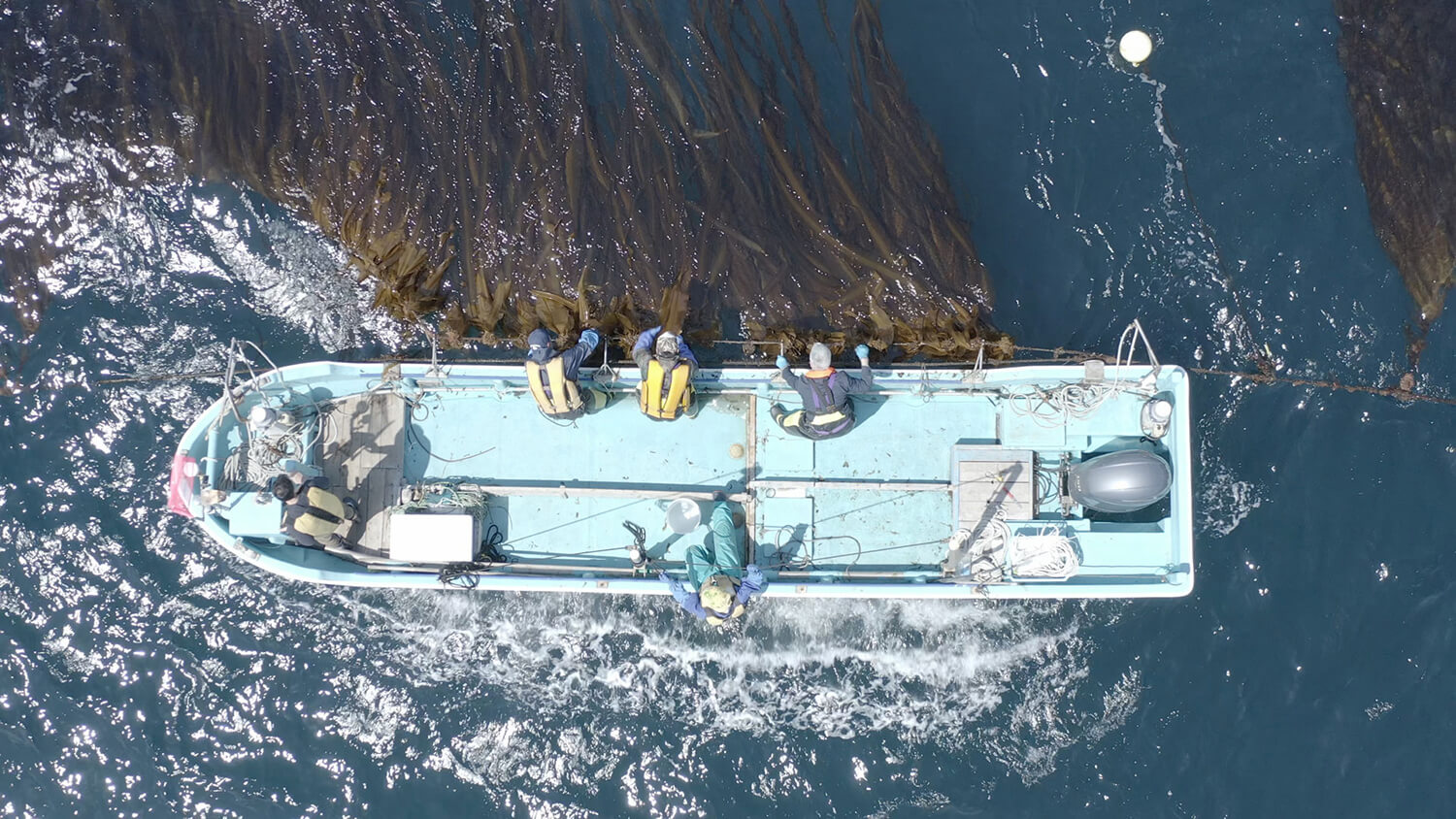
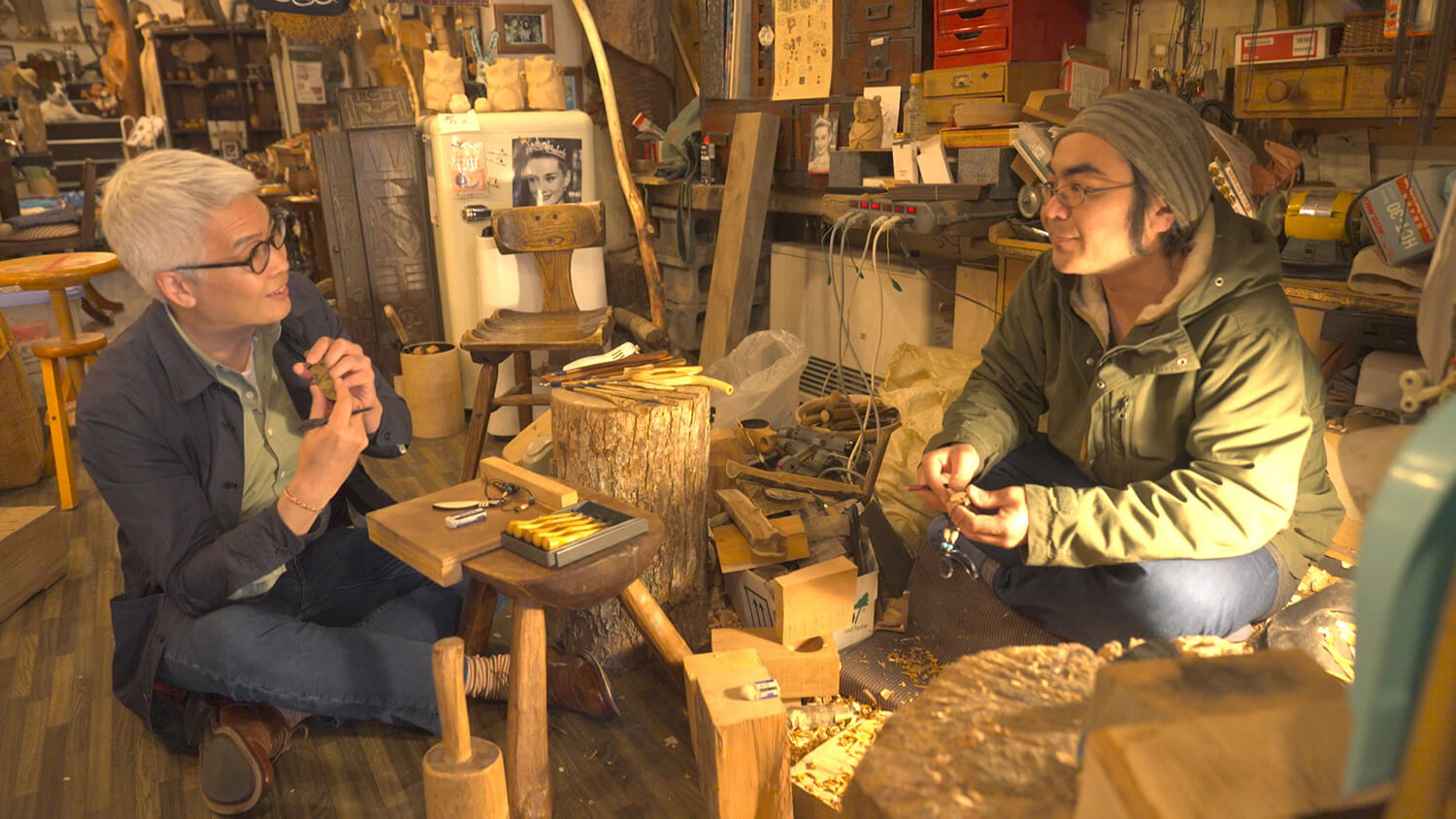
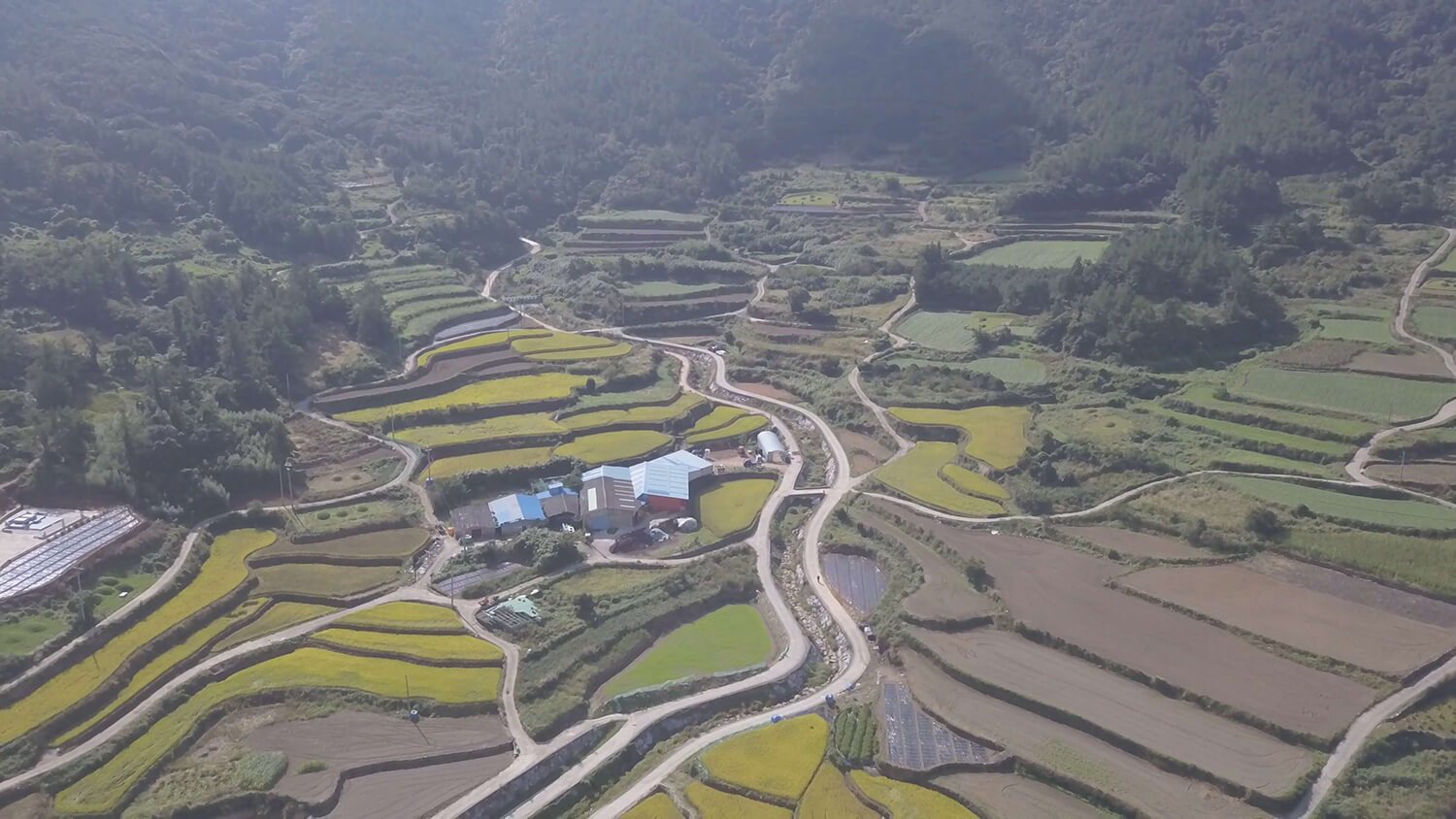
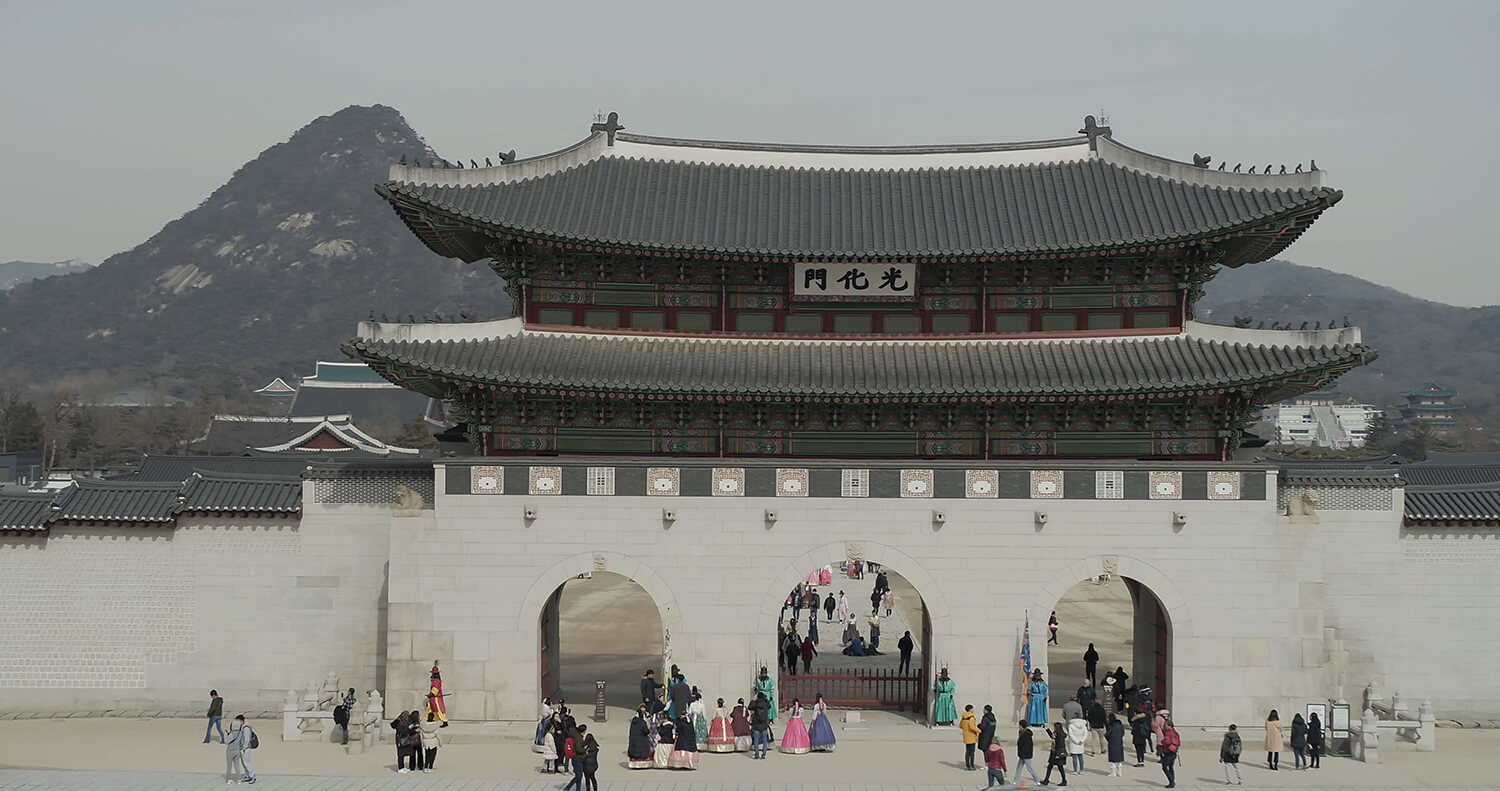
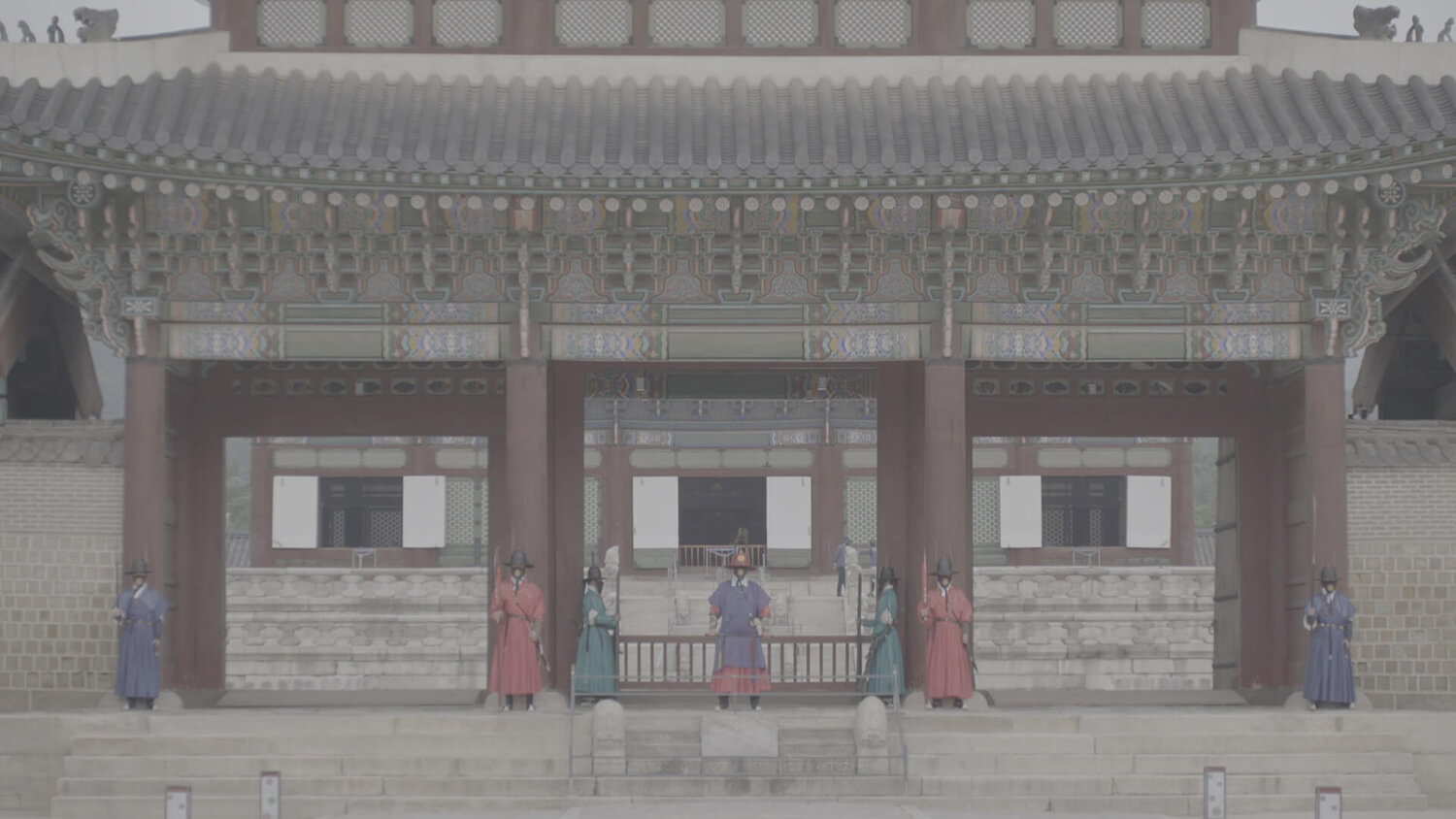



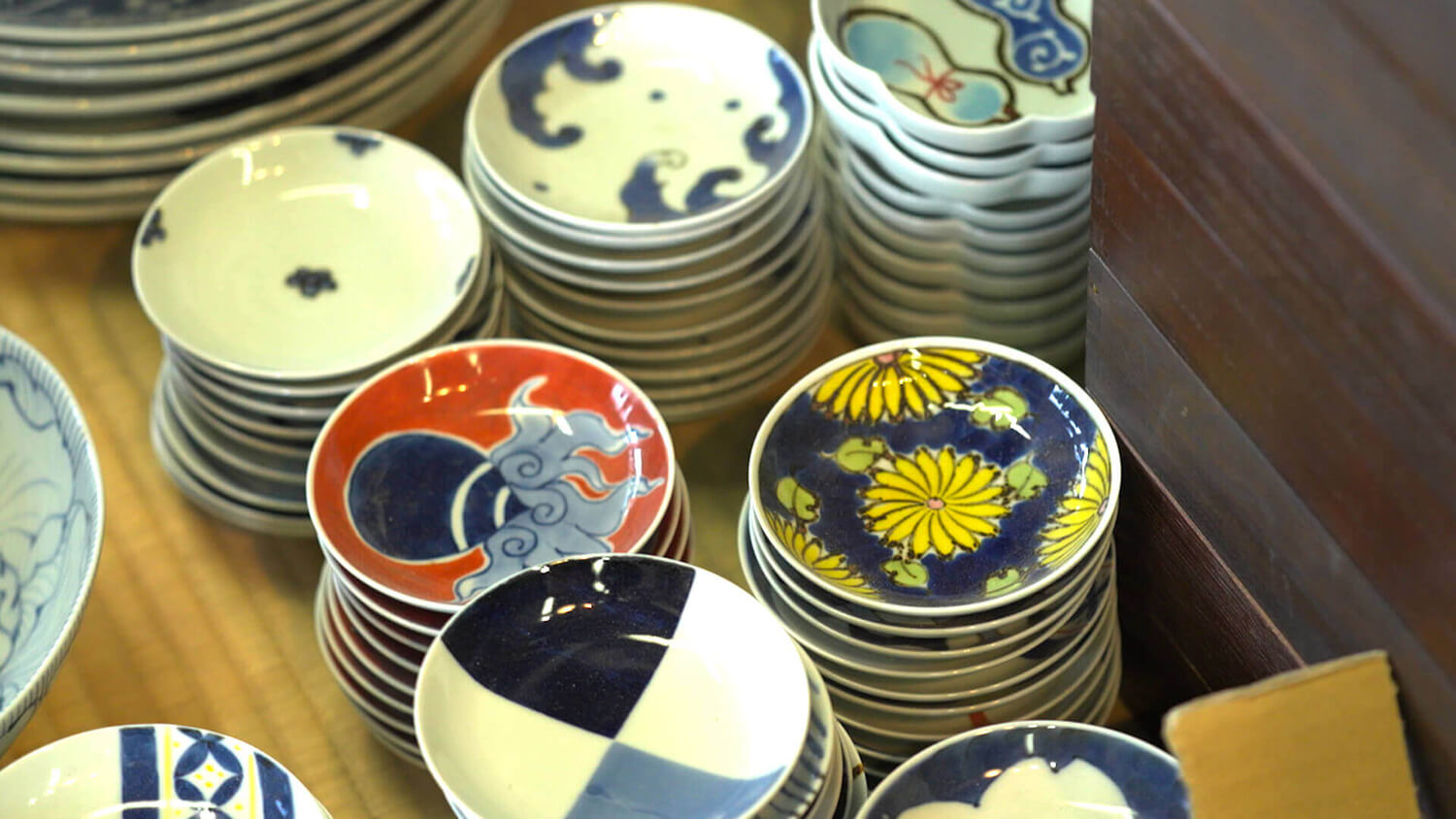
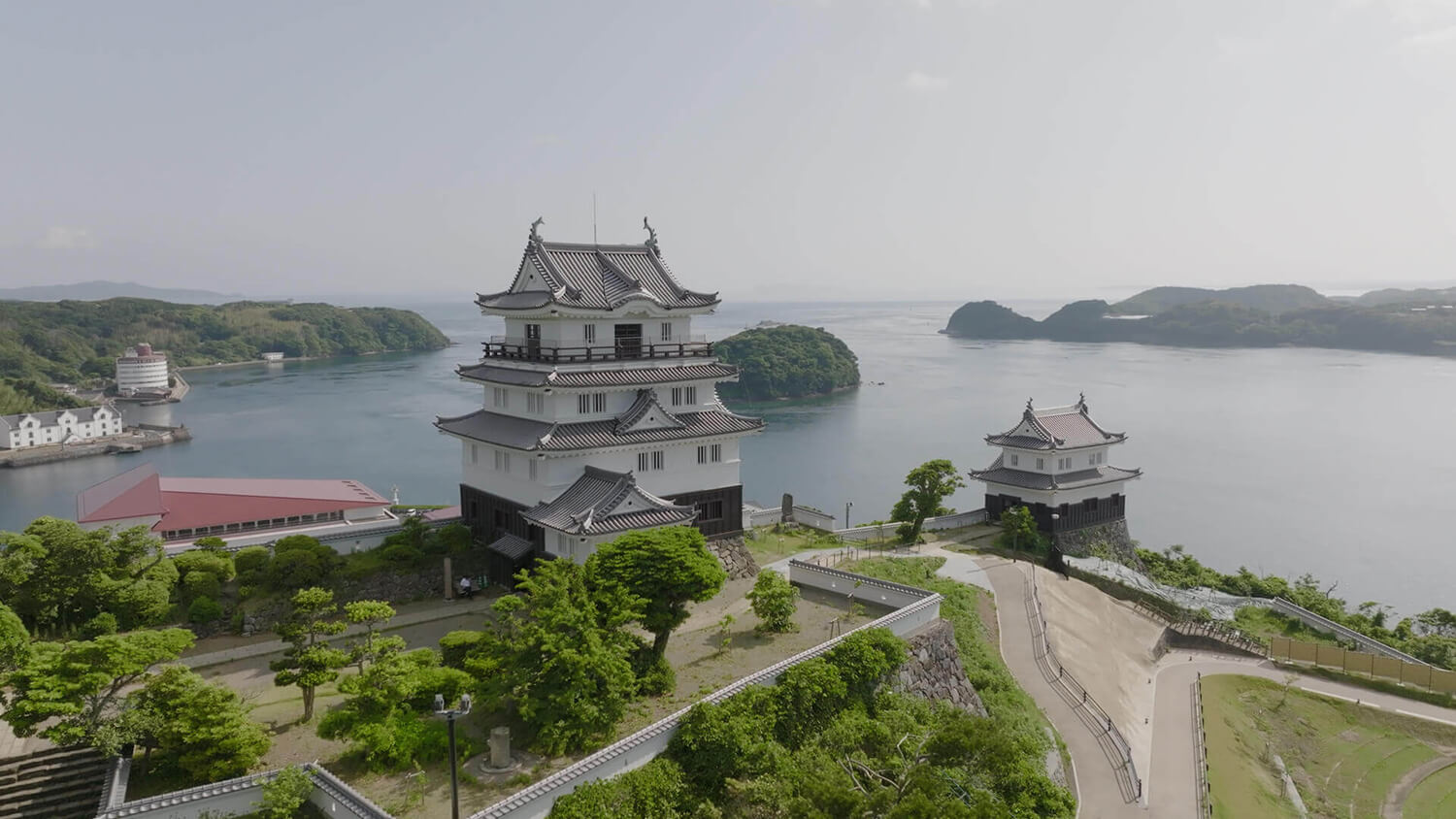
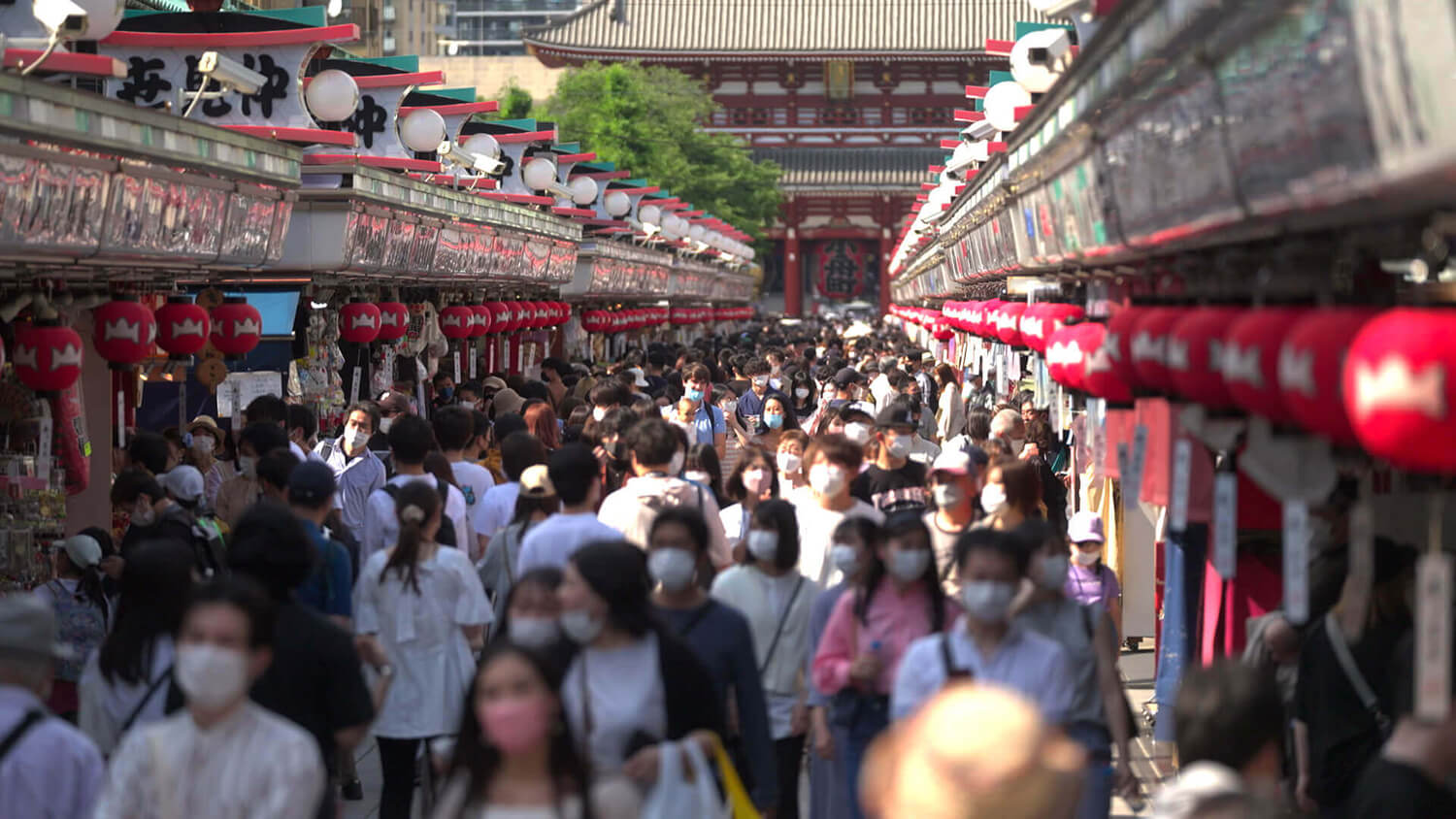




What a beautiful documentary. This was such a wonderful watch, very educational and fascinating. You really learn to respect and stand in awe of the cultures around the world!
Lisa D
This documentary sparks in me an endearing sense of familial sibling relationship towards my neighbouring countries. Thank you CNA and Peter Lee, from my heart, for such an inspiring piece!
Emil Mudigdo
Thank you Peter, you've done such a great job for telling stories of our ancient culture. Watching this makes me feel proud of how great our ancestors were, and I begin to love my country even more.
Guntur Aji